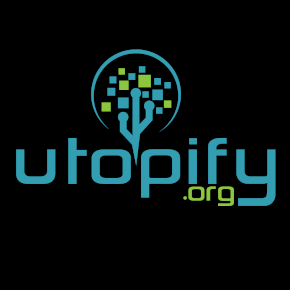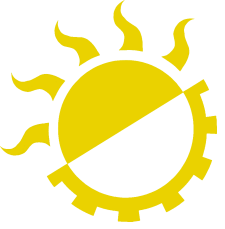cross-posted from: https://lemmy.ml/post/435152
cross-posted from: https://lemmy.ml/post/435150
cross-posted from: https://lemmy.ml/post/435149
I want to find the most sustainable operating system, because computers nowadays waste a lot of energy, because of data collection and data processing. Avoiding unnecessary processes and using resources in a mindful way could reduce the CO2 output on the whole world.
This discussion grew very fast and I put all links to other platforms in the end of the blog article.



I already read for a few days about CollapseOS and Oberon, which lead to read a lot about micro controllers and how to salvage parts and so on. But I couldn’t find a tutorial on how to actually build a system for those? On Youtube you can find a lot of videos of the results, people compiling stuff on their diy machines, but no chance to find tutorials. I think you need advanced skills in electro-engineering, as a software developer I look at it, like a normie on an app and I just don’t know how all this stuff works. This is definitely a nice hobby project to understand how computer works and it might be a sustainable project in the future. But it’s nothing for a workstation for every day use.
May I ask which projects are yours?
I don’t know much about electronics either, unfortunately. I spent a few years building just the software side out from scratch (just machine code) without using any existing software: https://github.com/akkartik/mu. But eventually I had some doubts about this direction: https://lobste.rs/s/h4lnkn/what_are_you_doing_this_week#c_juxc6y Lately I’ve compromised a little bit on not using any existing software. There’s lots of good stuff out there that’s worth using. Lua is a small, fast programming language implemented in just 12k lines of code. And it has a game engine (https://love2d.org) that’s a great sweet spot in implementation size vs features (though it’s a lot more than 12k lines :) So I’ve been adopting it exclusively for a few months. This is the largest project I’ve built with it: http://akkartik.name/lines.html. The goal is a program that is useful, easy to use, easy to build and easy to change to your needs. It’s not as energy-efficient as some of the other projects on that page, but hopefully it’s useful in some possible futures of this world.
Okay, I read a lot and every time I followed a link, there have been other links and I had to read those, too, going deeper into the rabbit hole. But in most cases I didn’t even understand what’s going on and it’s depressing, because I studied computer science and should at least understand what’s going on…
Maybe I should come back to this topic at another time, when I really have the time to dive deeper into this topic.
Have you created any videos about this topic? Couldn’t find anything about Mu yet. But they would really help.